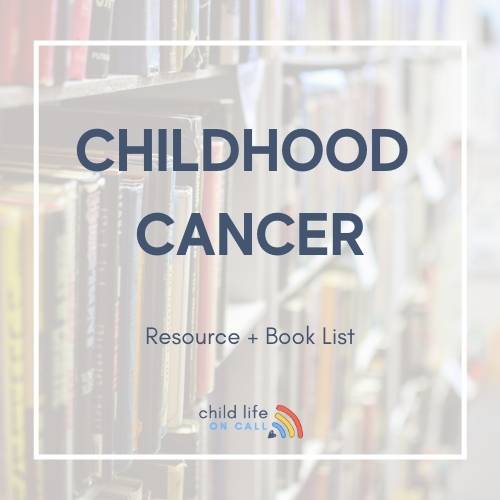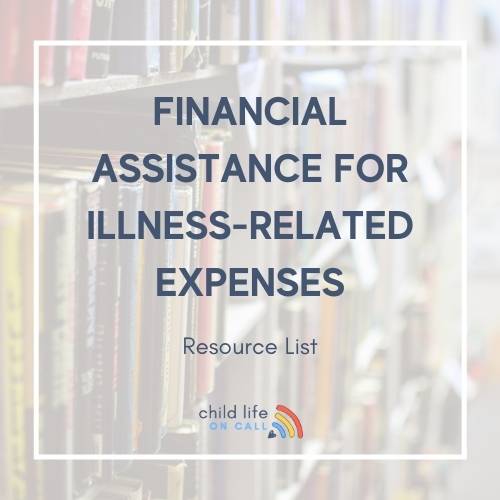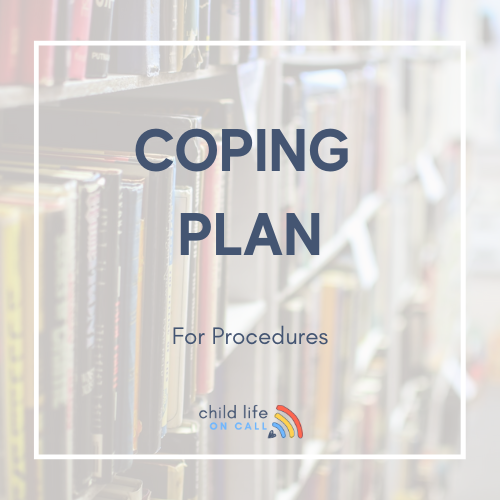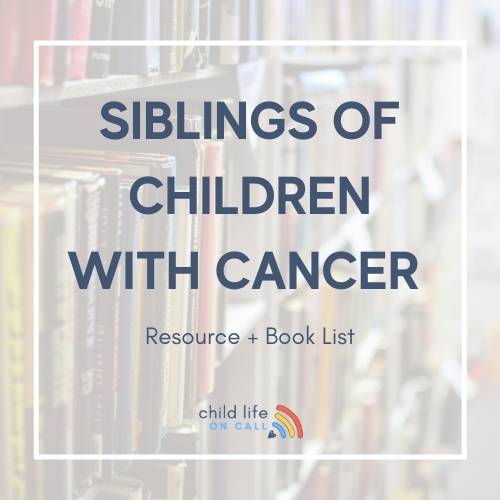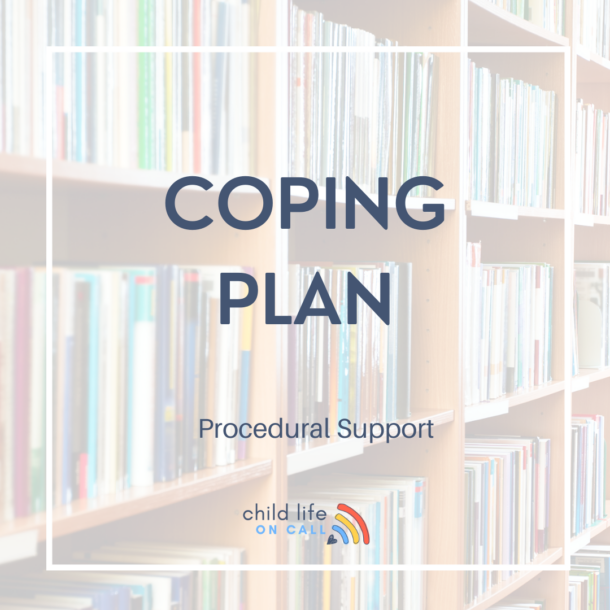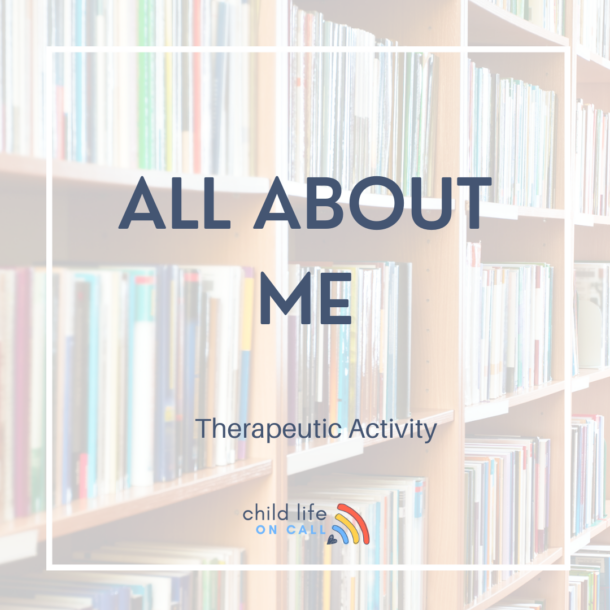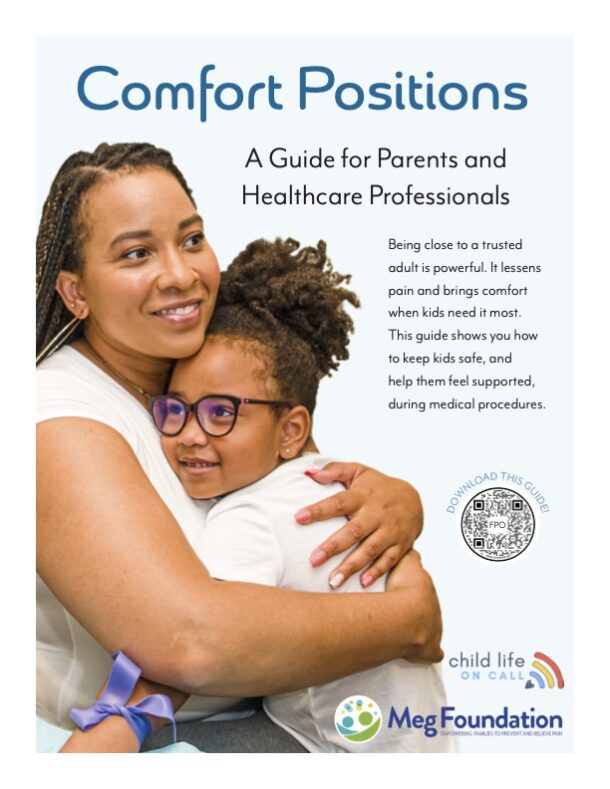"I feel like I owe it to him to explore other avenues. Acceptance doesn’t mean giving up; it means continuing to learn and adapt."- Lexi In this episode of Child Life On Call, Katie Taylor speaks with Lexi, a devoted mother of two, about her family's journey with...
Episode 102 | Betsy’s Story: Hope for HIE (Hypoxic Ischemic Encephalopathy)
Podcast Show Notes
Today’s guest is Betsy, from an organization called Hope for HIE (Hypoxic Ischemic Encephalopathy). HIE refers to brain injury in an infant, and Betsy will share more specifics about the condition and her family’s experience with it in our discussion. I originally learned about this organization through working in the NICU here in Texas, and it is a wonderful source of support for parents struggling in completely unknown territory with their babies.
In this episode, we talk about…
[1:19] HIE: Hypoxic Ischemic Encephalopathy
Betsy currently serves as the executive director for Hope for HIE, a small non-profit organization that promotes awareness, education, and support for families whose children have been impacted by neonatal or pediatric acquired HIE. HIE is Hypoxic Ischemic Encephalopathy, which is a brain injury caused by lack of oxygen and restricted blood flow. These events are caused in utero, around the time of birth, or sometimes in childhood. Hope for HIE also helps families whose children have had non-fatal drownings or other conditions that might have a similar trajectory to children with HIE.
[2:29] Betsy’s family
Betsy and her family live outside of Detroit, Michigan. She and her husband have two children: Max is nine and Emily is five. Max has HIE, and we will be discussing his story during today’s episode.
[3:02] The beginning of the HIE journey
Betsy got pregnant very easily with Max, and she had an uneventful pregnancy until she noticed a change in his movement around 36 weeks. She called the clinic and they instructed her about kick counts. Max passed that test, and they scheduled an ultrasound to check on him. Everything looked fine at that time. A couple days later, Betsy noticed that her stomach had gone from hard to more soft and flaccid. She called labor and delivery, and again they told her to do kick counts. He wasn’t kicking, and when they hooked her up to the monitors they found that Max was in distress. There was no variability in his heart rate and he wasn’t pre-breathing, so they prepped Betsy for an emergency C-section. Betsy was 37 weeks pregnant at that time.
Everything happened so quickly, and Betsy experienced a panic attack. The extra adrenaline seemed to prompt Max to start moving more.
Max was born, let out a little cry, and then immediately had to be intubated. The neonatologist was in the room, and the team was prepared to provide interventions right away. When Betsy was in post-op, a neonatologist came over and told her that Max qualified for a cooling treatment and he had to be transferred downtown to the highest level NICU for it. Betsy’s husband followed Max’s ambulance downtown, and she called her parents to tell them about their new grandson and also ask for them to stay with her in the hospital and then follow her ambulance when she was transferred as well.
Betsy was transferred about two hours after Max was, and her parents were able to be there to help her as well. She did not get to see Max, however, until several hours after that. He needed a lot of interventions once he arrived at the NICU, including the oscillator. Betsy and her husband found out later that they were having trouble getting him to stay on the oscillator and they thought they might lose him at that point. They were ultimately able to get him a bit more stable and into the cooling treatments.
[11:36] Brain cooling (therapeutic hypothermia)
Brain cooling is a specific protocol for babies who have experienced some sort of brain injury, like HIE. It was explained to Betsy and her husband that it was a treatment that would slow the body down and allow the necessary processes to help him live. They did not realize there was a potential neurological condition involved until later in the week. The doctors explained that, over several hours, Max would be cooled to 91 degrees Fahrenheit. He would stay there for 72 hours, and then he would gradually be re-warmed. After that, he would have an MRI done to see if there was an impact.
Betsy and her husband were tired and taking everything moment by moment. They wanted the doctors to do whatever they needed to do to keep Max safe, and it didn’t dawn on them that they were talking about a potential impact to Max’s brain. In the first 48 hours, there were a lot of ups and downs trying to get Max’s blood pressure right and keep his breathing under control. They did an EEG that came back with concerning results, but the doctors told them not to worry until he got out of cooling. Max was also given phenobarbital, which is a very powerful anti-convulsive, because neonatal seizures are very common with HIE.
[15:10] Seeing your baby in the NICU
With babies undergoing cooling in the NICU, you are not allowed to hold or touch them. You can’t even really see their faces, because they are intubated and their heads are covered with the EEG. The doctors explained that touching Max could exacerbate his pain, which was so counterintuitive as new parents. They wanted to hold him and reassure him.
When they asked what they could do, Betsy and her husband were told to speak in a quiet voice, and to see if he would tolerate them touching his hand. They encouraged Betsy to pump, so he would have food when he was ready to be fed. The staff were very encouraging and told them to take care of themselves. They had to sleep and eat, and they were told to ride it out and see where things would go.
By the third day of cooling, Max was doing really well. He had a big turnaround, and he was able to be extubated. He started to open his eyes as well, and the improvements were encouraging.
For Betsy, recovering from a c-section was another process all on its own. She was trying to get up and move around as much as she could, and balance spending time in the NICU with resting in her own room. She was determined to recover well from her surgery so she could be healthy for Max as well. They did want to be bedside as much as possible, but they also had to recognize the importance of taking breaks for themselves.
Max being extubated and opening his eyes were huge milestones. Due to all the treatments, Max was retaining fluid and getting “puffy”. He had a lot of edema and swelling, so he was trying to open his eyes through his swollen face. They couldn’t hold him yet, but they saw him start to do more typical baby actions like wrinkling his body and moving his extremities. Betsy and her husband thought these were good signs, and they tried to stay in the moment without getting too far ahead of themselves.
There are so many thoughts that Betsy thinks people may be embarrassed about, and she wanted to share her own. She wondered if she would lose her baby, and if it would be better if she did. She didn’t know what his life would be like if he lived. Would he have a lot of pain and suffering? Betsy had to focus on grounding herself and allowing all of her thoughts to flow. They were experiencing a trauma in this life or death situation with their baby. Parents may have a lot of guilt surrounding their thoughts, but it is normal to go through the spectrum of extreme hope to extreme grief and preparing yourself for everything in between.
[24:06] Warming after therapeutic hypothermia
Being in the NICU was such a rollercoaster, and they weren’t sure how Max would respond to being re-warmed. Some babies have a really hard time during warmup, causing their levels to go haywire again. His blood pressure might change, and he may need breathing support again. Thankfully, Betsy described Max’s re-warming as “uneventful”.
[24:41] MRI day and diagnosing the severity of HIE
The next day, he had to be intubated again for the MRI, because babies have to be very still during that test. While there has been a lot of growth in how communication happens with families over the last decade, MRI Day used to be presented as a “make it or break it moment” where they would be given the prognosis for the child with HIE. Now, it is more seen as a picture in time. How the MRI looks on this day is one piece of the puzzle, but it isn’t the whole puzzle.
There are different things talked about regarding the severity of HIE. One is the Sarnat Scale, which has been around for a long time. Some families might not even be given a Sarnat rating, because it is typically used at birth or at the time of injury to assess the level of interventions the baby might qualify for. Then there is the MRI level, as far as what impact can be seen on the MRI. Typically you are told it is either normal, mild, moderate, or severe. Finally, there is the clinical outcome. This is what you can see and how the child is acting. Max was doing well going into the MRI, as he was moving around more and they were excited to see how feeding him the pumped milk would go after his MRI.
Max’s MRI came back showing a moderate to severe injury to the frontal occipital and parietal lobes, and his parents and his team were devastated. Everyone thought that the MRI would have shown a better prognosis given his clinical presentation. Again, the importance of communication between the medical team and parents cannot be overstated at this point. Everyone hoped it would look differently, but the neurologist came to talk to them about what could happen. They were told that it was hard to give an accurate prognosis, especially when the MRI wasn’t correlating with what they were seeing clinically.
Babies’ brains are very plastic and so even if there is an injury, it does not define their full potential. They were told he was at risk for cerebral palsy and intellectual disabilities based on his MRI, but there was also a possibility that those things would not come to pass. The doctors told Betsy and her husband that the biggest thing would be to get him into early intervention, give him life experience, and just love him. It was reassuring, but it also felt difficult because their natural reaction was to want to “fix” what was happening with Max.
Before they have a child with HIE, many people lack experience with disabilities. There are a lot of negative stigma out there, and the unknown is scary. There are no crystal balls for these children. You can, however, connect with other people who have been through similar experiences in order to share knowledge and support.
[30:58] Leaving the NICU
Max was in the NICU for three weeks. After his MRI, Betsy and her husband were able to hold him. It was overwhelming, as so many of their hopes and dreams for their new baby had been called into question. He was able to get off oxygen completely after another week. When he was a bit sluggish with breastfeeding, Betsy decided to continue to pump rather than struggle with breastfeeding.
A week before he was discharged, Max was able to go to the stp-down unit. They had less support, and Betsy’s husband had to go back to work after taking two weeks of leave. Betsy felt lonely and isolated, and she felt like she was just starting to process the trauma and the crisis mode she had been in over the past couple weeks. She asked the social worker to connect her to resources for HIE, but they weren’t able to connect her to anyone or anything specific. Betsy took a mental note of that and decided that needed to change.
After about three weeks, Max was gaining enough weight. His feeding was on target, and he had been off oxygen for a few days. He was holding his own, and at that point they were able to go home.
[36:01] Moving forward with career and family as parents of a child with HIE
Betsy is now a mother of two and the executive director of a nonprofit organization. When they took Max home, Betsy felt the need to connect with other families that had been through this. She wanted to know if they would be okay, and she wondered if they could have more children. She worried about her marriage, because parents of children with disabilities have abysmal divorce rates, and she was concerned about maintaining her career.
Although the hospital hadn’t been able to connect her with anyone, Betsy went home and Googled. She found three families that all pointed her to the Hope for HIE Facebook page. All three couples were married, they were either pregnant or had recently had another child, and they were working. Betsy was reassured, and she was able to connect with several other families through the Facebook page.
The original founders had always dreamed of making it a nonprofit, reaching more families, and working toward improving the quality of life for children and families and decreasing the incidents of HIE. In 2013, the founders said they didn’t have time to commit to the group moving forward, and a few people came together with Betsy to carry the project forward. Several years later they have grown their reach to serve over 7,000 families. They are able to connect to researchers and clinicians, and they have now implemented their support boxes for families of children newly diagnosed with HIE.
[41:20] A current update on Betsy’s son and family
Max is nine years old and he is in the fourth grade. He has mild cerebral palsy and a mild vision impairment, so he requires some accommodations and supports at school, but he is doing well. Last year they added epilepsy to his list of diagnoses, and they are managing that as best they can.
Betsy and her husband welcomed their daughter, Emily, to the family almost six years ago. They try to make wonderful family members together, clear the barriers that might exist for Max, and help him to learn how to advocate for himself. Max loves to play basketball and baseball, Harry Potter, and telling jokes. He and Emily have a wonderful sibling dynamic and drive each other crazy at times as well.There are hard times, but they have adapted to this life and they hope to continue to help other families impacted by HIE.
Connect with Betsy:
Have you heard? The Child Life On Call mobile app for parents, kids and their care team will be available in 2022. Sign up to stay informed here
Child Life On Call is a community of parents and professionals that share ideas, stories and resources to help YOU navigate your child’s unique experiences. We give you strategies to support yourself and your family through life’s challenges. We are so glad you are here.
Child Life On Call | Instagram | Facebook | Twitter
You Might Also Like…
223: A son with Burkitt lymphoma at 8 year’s old – Reina’s Story
"My immediate thought was I'm going to lose my son. That was where my head went immediately." - Reina Introduction In this episode of Child Life On Call, Katie Taylor talks with Reina, a devoted mother from Nashville, Tennessee. Reina shares her heartfelt journey of...
223: [6 minutes] The Child Life On Call App is Now SupportSpot!
Episode Description: In this special impromptu episode, Katie Taylor, Certified Child Life Specialist and CEO of Child Life On Call, shares some exciting news! We're rebranding our beloved Child Life On Call app to SupportSpot. Tune in to hear why we made this change...

